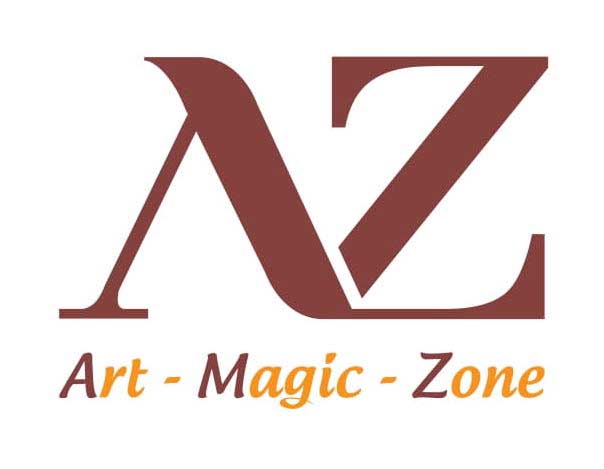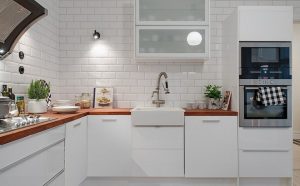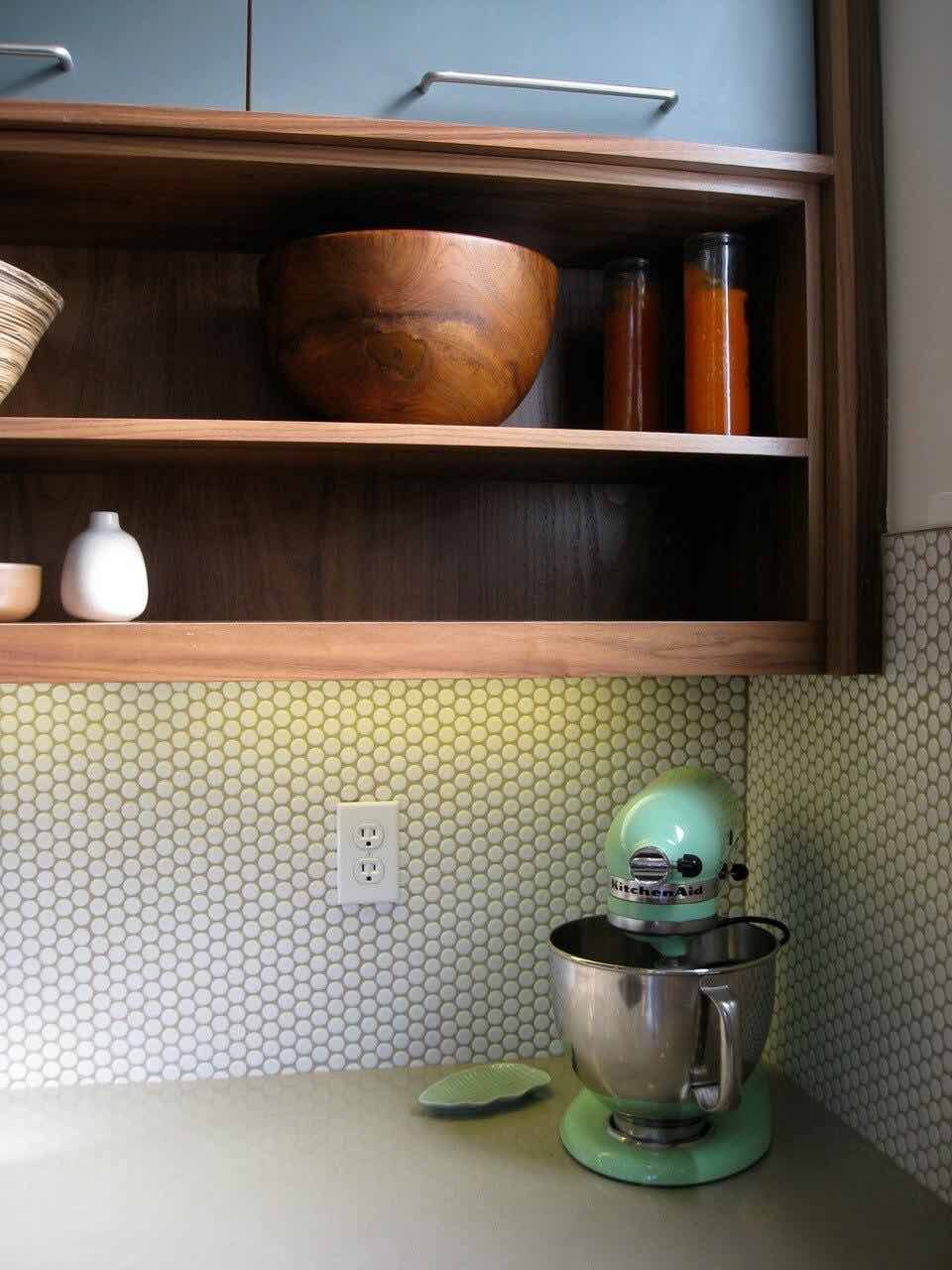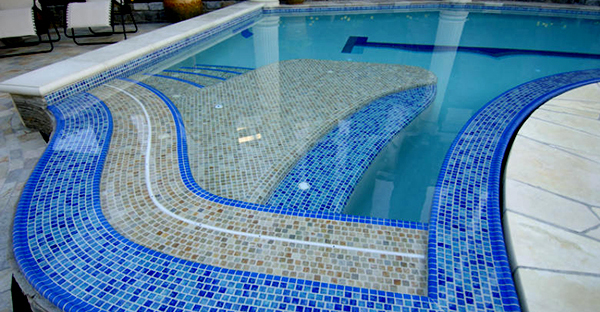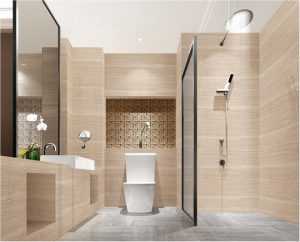
Housing design standards in Vietnam have gradually been joined by foreign architectural styles such as Europe, Korea, Japan …
Along with the above standards, the trend of using construction materials also gradually changes. Typically, in recent years the market of ceramic tiles has witnessed the rise of new types of tiles such as marble (marble), granite (marble), porcelain tiles, mosaic tiles, glass tiles. get light, 3D brick paintings. These tiles possess exquisite patterns, good scratch resistance, and high gloss make the space brighter and more luxurious. At the same time, these bricks are dense, strong and durable, so they are popular and increasingly popular.
However, the problem that arises when constructing the tiling of bricks by the traditional method is cement mortar. Owing to its large size, dense structure, low pore percentage, low water absorption, the new bricks are difficult to stick with oil paste, easy to peel off, crack and cause danger of loss of appearance. This makes it difficult to maintain because the bricks will be out of sync or sometimes have to replace the floor of bricks, which is expensive and annoying.
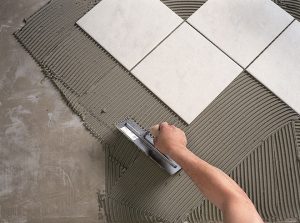
The trend of using construction materials also gradually changed.
In advanced European countries, more than 80% of tiling works with tile adhesive. In Thailand, this number has risen to 50%. Specialized tile adhesive for all modern tiles and spaces from dry to wet like living room, bedroom, bathroom, kitchen. Besides, tile adhesives are also suitable for special areas such as swimming pools, vibration and heat-resistant areas such as parking lots and factories.
On the other hand, during the construction process, tile adhesives help save time, shorten the stage and make it easier to adjust the tiles. Although higher costs but helps reduce construction costs, ensure high adhesion, durability, safety and aesthetics. Therefore, tile adhesives are preferred by many construction companies, engineers and construction workers.
